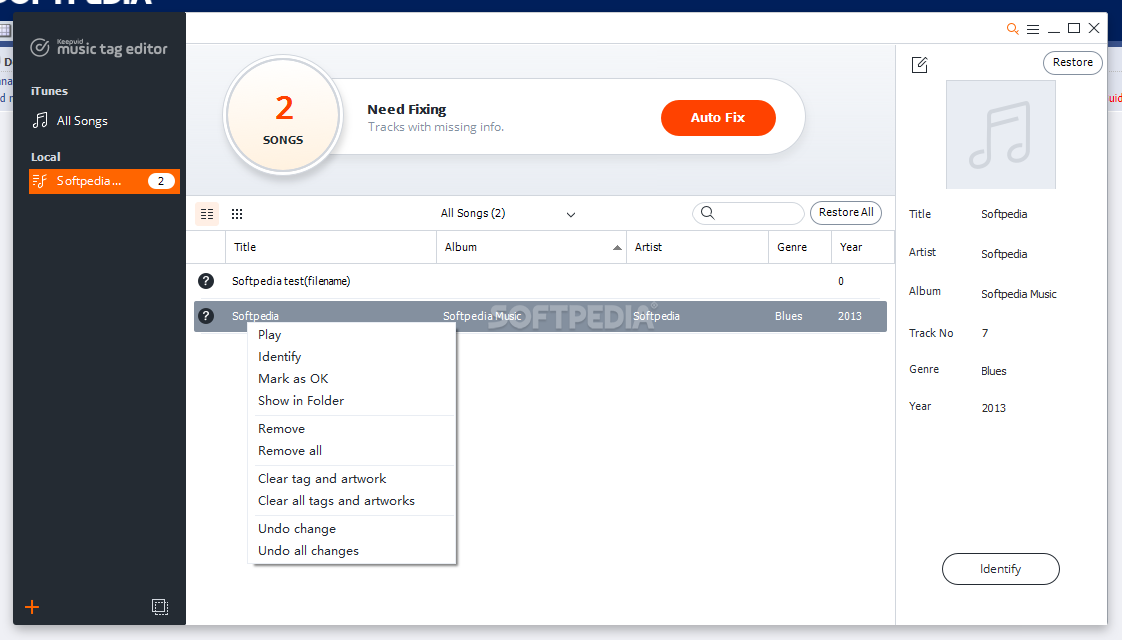

Mobile-based OCR software allows users of mobile devices such as tablets, mobile phones, and others, to scan files or documents with just a tap.Desktop-based OCR includes software solutions that are compatible with desktop computers.Whereas, OCR segment is further divided into: OCR is a narrowly focused technology that can recognize handwritten, typed, or printed text within scanned images and convert it into a machine-readable format. To better understand how the magic happens, OCR can be perceived as the “eyes,” Machine Learning as the “brain,” and RPA as the “arms and legs.” 2.1 Optical Character Recognition (OCR) When it comes to processing documents in a new, smart way, it all heavily relies on cornerstones: Machine Learning, Optical Character Recognition, Robotic Process Automation and Document Processing APIs.

2.0 Pillars of Intelligent Document Processing The global Intelligent Document Processing market size is expected to grow from USD 0.8 billion in 2021 to USD 3.7 billion in 2026, at a Compound Annual Growth Rate (CAGR) of 36.8% during the forecast period. Improved sophistication of AI technologies powering IDP solutions, which significantly increases the accuracy rates in processing documents compared to traditional OCR.Demand among enterprises to enable end-to-end process automation with integrated RPA and IDP.Increased adoption of complementary technology solutions, such as RPA.Rising need to process large volumes of semi-structured and unstructured documents with greater accuracy and speed.
#Phrozer music tag drivers#
Everest Group cites the key drivers behind the growth of IDP: 80-90% of enterprise data and documents are unstructured and require the integration of different technologies to turn it into a machine-readable format. Intelligent Document Processing leverages automation tools such as RPA to collect, extract data, and generate documents. AI technologies such as natural language processing (NLP), Computer Vision, deep learning and machine learning (ML) are used to classify, categorize, and extract relevant information, and validate the extracted data.
#Phrozer music tag pdf#
Business data is at the heart of digital transformation unfortunately, 80% of all business data is embedded in unstructured formats like business documents, emails, images and PDF documents.


Intelligent Document Processing (IDP) solutions transform unstructured and semi-structured information into usable structured data. While OCR is notorious for transcription errors, intelligent document processing, which is AI-driven, starts at higher accuracy, and will improves over time. These systems are grounded in computer vision and natural language processing techniques that are used to grab visual information from the document and ensure that it’s parsed correctly. Today, document processing typically relies on multiple, synergistic machine learning techniques to read a document, extract its relevant fields, and perform intelligent processing on top of that. The discipline has progressed due to its early venture into OCR-based approaches. Document processing with one of the first deep learning models-the convolutional neural network (CNN) -was originally developed in 1990s for banks to automatically process checks and for post offices to automate the processing of handwritten mailing addresses.


 0 kommentar(er)
0 kommentar(er)
